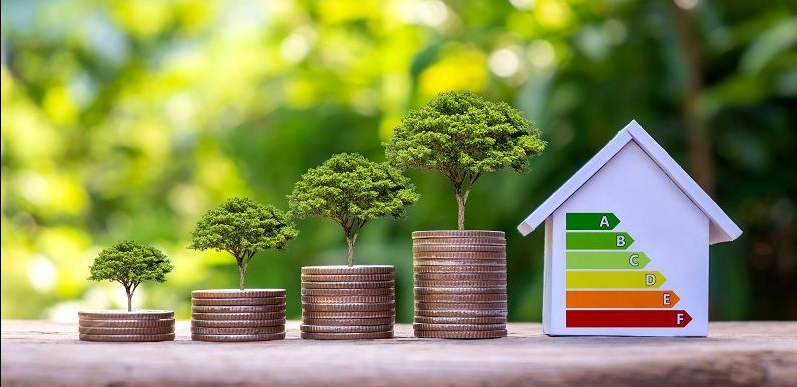
The steady growth of real estate sector
- December 15, 2023
- 0
The real estate sector is one of the most vibrant in the country, contributing significantly to the national GDP, economic and social development, and job creation. According to experts the real estate sector in India is expected to reach US$ 1 trillion in market size by 2030, and by 2025, it is expected to contribute 13% to the nation’s GDP.
The global recession scenario couldn’t dampen the demand of the property sector as the market absorbed the pressure, aided by good supply consolidation and improvement in affordability. Several factors contribute to the uptick in housing sales including pent-up demand from the Covid-affected period, growing appetite for homeownership, revival in the economy post-pandemic, and the evolving need for more spacious homes.
Residential sales across tier I and tier II cities have triumphed as demand almost outstripped supply in most cities, buoyed by rekindled interest and high confidence form homebuyers. After a long time, we are witnessing a seller’s market which is expected to continue. Property prices are expected to grow which will push homebuyers to make quick decisions.
A survey reveals that with home loan rates remaining stale (at approx. 9.15% avg.) housing sentiment remains robust. Also, real estate is the most preferred investment asset class and about 52% of millennial and 35% of Gen-X respondents revealed they will use their investment gains from other asset classes for buying homes in the future. Moreover, homeownership provides security in an uncertain economic climate.
A significant driver of housing demand is the rising importance of property ownership, buoyed by consumer confidence in broader economic climate. The concept of homeownership has evolved, with people viewing houses not just as a necessity but also as a lifestyle choice, an investment, and a means to create assets for future generations. The demand for superior housing is anticipated to keep rising in the foreseeable future.






























































